 By using the latest condition monitoring systems and services, manufacturing companies can reduce unforeseen breakdowns. Schaeffler UK's managing director, Kate Hartigan, explains
By using the latest condition monitoring systems and services, manufacturing companies can reduce unforeseen breakdowns. Schaeffler UK's managing director, Kate Hartigan, explains
When owning and managing high value items like cars or homes, most people are comfortable paying insurance premiums. So, surely manufacturing companies need to ensure their high value capital goods are adequately insured against unforeseen breakdowns? After all, lost production could equate to tens of thousands, even hundreds of thousands, of pounds per day. Although the cost of machine components like bearings and motors is small compared with the total machine price, the cost of production downtime and consequential losses resulting from a component failure, are often significant.
Take a steel or aluminium manufacturing plant. The typical cost of production downtime is

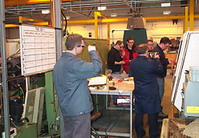 For many organisations today, the most important issue is how to reduce costs to compete profitably in global markets. The two key approaches to manufacturing cost reduction are Lean and TPM (Total Productive Maintenance).Lean reduces costs by eliminating waste in the end to end process, following Henry Ford's original dictum "the longer anything is in my factory, the more it costs me".
For many organisations today, the most important issue is how to reduce costs to compete profitably in global markets. The two key approaches to manufacturing cost reduction are Lean and TPM (Total Productive Maintenance).Lean reduces costs by eliminating waste in the end to end process, following Henry Ford's original dictum "the longer anything is in my factory, the more it costs me".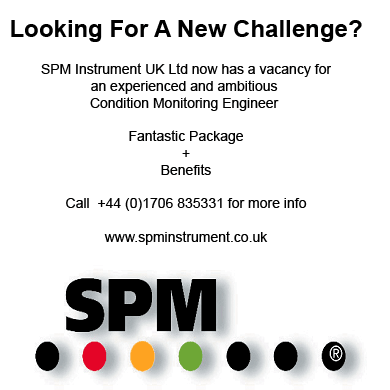
 Plants can improve their efficiency and reduce costs by performing calibration history trend analysis. By doing it, a plant is able to define which instruments can be calibrated less frequently and which should be calibrated more frequently. Calibration history trend analysis is only possible with calibration software that provides this functionality.
Plants can improve their efficiency and reduce costs by performing calibration history trend analysis. By doing it, a plant is able to define which instruments can be calibrated less frequently and which should be calibrated more frequently. Calibration history trend analysis is only possible with calibration software that provides this functionality.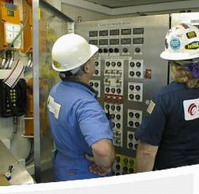 If one could get the right mix of preventive maintenance (PM) and corrective maintenance (CM), things might not be so bad. If CM could be reduced to zero, that would be grand, but that is not going to happen. Amid the propositions of RCM, TPM, RCA, the Pareto rule, best laid plans, etc., one still must contend with randomness. When our programs result in high levels of performance, the limiting factor is often randomness. Using the concept of randomness in analyzing equipment failure events is helpful in establishing the realistic limiting factors in PM and CM program development and management.
If one could get the right mix of preventive maintenance (PM) and corrective maintenance (CM), things might not be so bad. If CM could be reduced to zero, that would be grand, but that is not going to happen. Amid the propositions of RCM, TPM, RCA, the Pareto rule, best laid plans, etc., one still must contend with randomness. When our programs result in high levels of performance, the limiting factor is often randomness. Using the concept of randomness in analyzing equipment failure events is helpful in establishing the realistic limiting factors in PM and CM program development and management.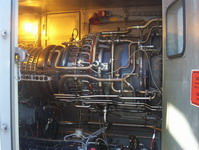 Predictive maintenance (PdM) techniques are commonly used on motors and drives. But how often is the power to the equipment inspected? Adding basic power quality measurements to equipment maintenance procedures can head off unexpected failures in both the equipment and the power system.
Predictive maintenance (PdM) techniques are commonly used on motors and drives. But how often is the power to the equipment inspected? Adding basic power quality measurements to equipment maintenance procedures can head off unexpected failures in both the equipment and the power system. The first step toward realizing this goal is to figure out where you are presently. Determining the present baselines and gaps that exist in your processes and organization is best accomplished by performing a reliability assessment. This exercise will point out the areas within your business that need to be addressed from a reliability perspective. All facets of your organization must be analyzed. We have identified 21 key elements that, when integrated, provide the basis for reliability excellence (Fig. 1). Assessing the current state of each of these elements will identify the gaps that exist and provide the basis for a master plan of improvement.
The first step toward realizing this goal is to figure out where you are presently. Determining the present baselines and gaps that exist in your processes and organization is best accomplished by performing a reliability assessment. This exercise will point out the areas within your business that need to be addressed from a reliability perspective. All facets of your organization must be analyzed. We have identified 21 key elements that, when integrated, provide the basis for reliability excellence (Fig. 1). Assessing the current state of each of these elements will identify the gaps that exist and provide the basis for a master plan of improvement. The definition and use of Overall Equipment Effectiveness over the years has been widely debated.
The definition and use of Overall Equipment Effectiveness over the years has been widely debated.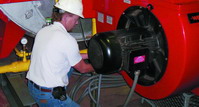 Leading maintenance repair and operation (M.R.O.) organizations are leveraging a range of best practices for optimal asset performance. Such methods encompass maintenance best practices that drive efficiencies and equipment life cycles, as well as cost-cutting ideas from allied industries like field services.
Leading maintenance repair and operation (M.R.O.) organizations are leveraging a range of best practices for optimal asset performance. Such methods encompass maintenance best practices that drive efficiencies and equipment life cycles, as well as cost-cutting ideas from allied industries like field services.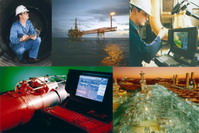 Risk Based Inspection (RBI) is a method for using risk as a basis for managing an inspection programme. The concept of risk is used to target inspection and maintenance resources at areas of the plant where they can have the greatest effect in reducing risk, the occurrence and consequences of unplanned failures and to reduce the cost of unproductive inspections. Risk is a function of both the likelihood of a failure and the consequences of the
Risk Based Inspection (RBI) is a method for using risk as a basis for managing an inspection programme. The concept of risk is used to target inspection and maintenance resources at areas of the plant where they can have the greatest effect in reducing risk, the occurrence and consequences of unplanned failures and to reduce the cost of unproductive inspections. Risk is a function of both the likelihood of a failure and the consequences of the